-
BackX
-
Components
-
-
Category
-
Semiconductors
- Diodes
- Thyristors
-
Electro-insulated Modules
- Electro-insulated Modules | VISHAY (IR)
- Electro-insulated Modules | INFINEON (EUPEC)
- Electro-insulated Modules | Semikron
- Electro-insulated Modules | POWEREX
- Electro-insulated Modules | IXYS
- Electro-insulated Modules | POSEICO
- Electro-insulated Modules | ABB
- Electro-insulated Modules | TECHSEM
- Go to the subcategory
- Bridge Rectifiers
-
Transistors
- Transistors | GeneSiC
- SiC MOSFET Modules | Mitsubishi
- SiC MOSFET Modules | STARPOWER
- Module SiC MOSFET ABB’s
- IGBT Modules | MITSUBISHI
- Transistor Modules | MITSUBISHI
- MOSFET Modules | MITSUBISHI
- Transistor Modules | ABB
- IGBT Modules | POWEREX
- IGBT Modules | INFINEON (EUPEC)
- Silicon Carbide (SiC) semiconductor elements
- Go to the subcategory
- Gate Drivers
- Power Blocks
- Go to the subcategory
- Electrical Transducers
-
Passive components (capacitors, resistors, fuses, filters)
- Resistors
-
Fuses
- Miniature Fuses for electronic circuits - ABC & AGC Series
- Tubular Fast-acting Fuses
- Time-delay Fuse Links with GL/GG & AM characteristics
- Ultrafast Fuse Links
- Fast-acting Fuses (British & American standard)
- Fast-acting Fuses (European standard)
- Traction Fuses
- High-voltage Fuse Links
- Go to the subcategory
- Capacitors
- EMI Filters
- Supercapacitors
- Power surge protection
- TEMPEST emission revealing filters
- Surge arrester
- Go to the subcategory
-
Relays and Contactors
- Relays and Contactors - Theory
- 3-Phase AC Semiconductor Relays
- DC Semiconductor Relays
- Controllers, Control Systems and Accessories
- Soft Starters and Reversible Relays
- Electromechanical Relays
- Contactors
- Rotary Switches
-
Single-Phase AC Semiconductor Relays
- AC ONE PHASE RELAYS 1 series| D2425 | D2450
- One phase semiconductor AC relays CWA and CWD series
- One phase semiconductor AC relays CMRA and CMRD series
- One phase semiconductor AC relays - PS series
- Double and quadruple semiconductor AC relays - D24 D, TD24 Q, H12D48 D series
- One phase semiconductor relays - gn series
- Ckr series single phase solid state relays
- One phase AC semiconductor relays for DIN bus - ERDA I ERAA series
- 150A AC single phase relays
- Rail Mountable Solid State Relays With Integrated Heat Sink - ENDA, ERDA1 / ERAA1 series
- Go to the subcategory
- Single-Phase AC Semiconductor Relays for PCBs
- Interface Relays
- Go to the subcategory
- Cores and Other Inductive Components
- Heatsinks, Varistors, Thermal Protection
- Fans
- Air Conditioning, Accessories for Electrical Cabinets, Coolers
-
Batteries, Chargers, Buffer Power Supplies and Inverters
- Batteries, Chargers - Theoretical Description
- Modular Li-ion Battery Building Blocks, Custom Batteries, BMS
- Batteries
- Battery Chargers and Accessories
- Uninterruptible Power Supply and Buffer Power Supplies
- Inverters and Photovoltaic Equipments
- Energy storage
- Fuel cells
- Lithium-ion batteries
- Go to the subcategory
-
Automatics
- Spiralift Lifts
- Futaba Drone Parts
- Limit Switches, Microswitches
- Sensors, Transducers
-
Infrared Thermometers (Pyrometers)
- IR-TE Series - Water-proof Palm-sized Radiation Thermometer
- IR-TA Series - Handheld Type Radiation Thermometer
- IR-H Series - Handheld Type Radiation Thermometer
- IR-BA Series - High-speed Compact Radiation Thermometer
- IR-FA Series - Fiber Optic Radiation Thermometer
- IR-BZ Series - Compact Infrared Thermometers
- Go to the subcategory
- Counters, Time Relays, Panel Meters
- Industrial Protection Devices
- Light and Sound Signalling
- Thermographic Camera
- LED Displays
- Control Equipments
- Go to the subcategory
-
Cables, Litz wires, Conduits, Flexible connections
- Wires
- Cable feedthroughs and couplers
- Litz wires
- Cables for extreme applications
- Sleevings
-
Braids
- Flat Braids
- Round Braids
- Very Flexible Flat Braids
- Very Flexible Round Braids
- Cylindrical Cooper Braids
- Cylindrical Cooper Braids and Sleevings
- Flexible Earthing Connections
- Galvanized and Stainless Steel Cylindrical Braids
- PCV Insulated Copper Braids (temp. up to 85C)
- Flat Aluminium Braids
- Junction Set - Braids and Tubes
- Go to the subcategory
- Traction Equipment
- Cable Terminals
- Flexible Insulated Busbars
- Flexible Multilayer Busbars
- Cable Duct Systems
- Go to the subcategory
- View all categories
-
Semiconductors
-
-
- Suppliers
-
Applications
- CNC Machine Tools
- DC and AC Drives (Inverters)
- Energetics
- Energy bank
- Equipment and Components for Hazardous Areas [Ex]
- Equipment for Distribution, Control and Telecommunications Cabinets
- HVAC Automation
- Induction Heating
- Industrial Automation
- Industrial Protective Devices
- Machines for Drying and Wood Processing
- Machines for Thermoforming Plastics
- Mining, Metallurgy and Foundry
- Motors and Transformers
- Power Supplies (UPS) and Rectifier Systems
- Printing
- Temperature Measurement and Regulation
- Test and Laboratory Measurements
- Tram and Railway Traction
- Welding Machines
-
Assembly
-
-
Inductors
-
-
Induction devices
-
-
Service
-
- Contact
- Zobacz wszystkie kategorie
Anaerobic Adhesives and Their Applications

Anaerobic adhesives were developed in the 1950s as a response to the needs of the industry for creating durable and reliable threaded connections. The first formulas were based on chemical compounds that react in the absence of oxygen, and their main goal was to secure threaded connections against loosening, which was particularly important in the automotive and aerospace industries. Since then, these adhesives have undergone numerous improvements, becoming more versatile and easier to apply. To this day, anaerobic adhesives, also known as thread adhesives, are highly popular due to their exceptional properties.
Anaerobic adhesives have become an integral part of many industries, from automotive, aerospace, and energy to machine manufacturing. Their main advantage is their ability to create durable and vibration-resistant threaded connections, which translates into the longevity of products and user safety. Due to their specificity, anaerobic adhesives effectively prevent bolts and nuts from loosening, even in the most demanding conditions, such as high temperatures, variable loads, or aggressive chemical environments.
In industries where precise connections are crucial, anaerobic adhesives provide an invaluable solution that ensures structural stability, eliminating the risk of mechanical connection failure.
Main areas of application of anaerobic adhesives
Anaerobic adhesives are widely used in various industries, including:
1. Automotive industry – Anaerobic adhesives are widely used to secure threaded connections in engines, steering systems, gearboxes, and cooling systems, preventing bolts from loosening due to vibrations.
2. Energy industry – In the energy industry, anaerobic adhesives are used for sealing installations under high pressure, such as pipelines, valves, pumps, and in turbines and power plants, where their resistance to extreme conditions is crucial.
3. Chemical industry – In media transport systems and equipment resistant to aggressive chemicals, anaerobic adhesives effectively seal connections, ensuring the integrity and durability of installations.
4. Medical and pharmaceutical industry – These adhesives are also used in precision medical devices, where their biocompatible properties and ability to bond different materials (metal, plastics) are essential.
5. Industrial machine manufacturing – They secure threaded connections in high-performance machines, ensuring their resistance to vibrations and extreme working conditions, which translates into increased efficiency and device longevity.
Anaerobic adhesives are therefore a versatile solution that works well in many different conditions, contributing to the improvement of quality and reliability of threaded connections in industry.
Changes in the anaerobic adhesives market and growing popularity
How is the anaerobic adhesives market changing?
The anaerobic adhesives market has undergone significant changes in recent decades. In the early years of these products' existence, anaerobic adhesives were mainly used in the automotive and aerospace industries, where their main task was to secure threaded connections against loosening due to vibrations. However, with the development of technology and growing demands in other industries such as energy, chemicals, and medicine, anaerobic adhesives began to find broader applications.
Today, anaerobic adhesives are available in many different forms, tailored to specific industrial needs. These changes include not only the development of new formulas and improved properties (e.g., higher resistance to temperature, pressure, corrosion) but also adapting them to more diverse applications. The growing awareness of their advantages, such as durability, ease of application, and versatility, has contributed to their increasing popularity in many new industries.
Changes in the anaerobic adhesives market also include a growing number of suppliers and manufacturers, which influences competition and the development of innovative products. Additionally, with increasing globalization, anaerobic adhesives have become available in markets worldwide, and their sales have started to grow not only in developed countries but also in emerging economies that are intensively developing their industry and infrastructure.
Trends in the use of these technologies
Year by year, interest in anaerobic adhesives is growing, which is linked to several key trends in the use of this technology. The most important of these are:
1. Sustainable development and ecology – In response to growing environmental awareness, manufacturers of anaerobic adhesives are focusing on developing more eco-friendly and environmentally friendly products. An example would be anaerobic adhesives based on less toxic substances and characterized by lower volatile organic compound (VOC) emissions, contributing to reducing their environmental impact.
2. Increased use in new industries – Anaerobic adhesives are becoming more popular in industries that previously did not use this type of technology. Their use in the medical industry, in the production of medical devices, or in biocompatible applications is one example of this trend. Additionally, their use in the energy industry, including in wind turbines, is becoming increasingly common.
3. Automation and robotization of application processes – As the industry becomes increasingly automated, anaerobic adhesive technology is being adapted for mass production processes. The increased automation in adhesive application allows for more precise, faster, and more efficient connections, which is extremely important in the automotive and aerospace industries.
4. Efficiency and multitasking – There is also an increasing emphasis on the efficiency and multitasking capabilities of anaerobic adhesives. These products must meet increasingly stringent requirements, such as resistance to high temperatures, aggressive chemicals, as well as various mechanical and physical factors like vibrations or pressure. High-strength anaerobic adhesives, such as B222 Eco, B243 Eco, and B270 Eco, are a response to these needs, providing durable connections in difficult conditions.
5. Customization for customer needs – A key trend is also the increasing customization of products to specific customer needs. These changes include not only a wide selection of products but also adapting adhesive formulations to different types of materials used in a given industry. As a result, anaerobic adhesives are becoming more versatile and can be used in more varied applications.
All these changes indicate that the anaerobic adhesives market will continue to grow, and their technology will develop to meet the increasing demands of industry. As a result, anaerobic adhesives will gain in importance and become a key element in many industrial sectors, ensuring the reliability and durability of connections.
Types of anaerobic adhesive applications
Anaerobic adhesives are a technology that has gained recognition due to their versatility and reliability in various industrial applications. Their main feature is polymerization in anaerobic conditions, which allows for the creation of durable, vibration-resistant threaded connections. Anaerobic adhesives are used in many industries, from automotive to aerospace, and their application goes far beyond traditional tasks of securing connections. Below, we will discuss the main applications of anaerobic adhesives that significantly enhance their functionality in various manufacturing processes.
Loosening Indicator: How Anaerobic Adhesives Help Detect Loosening Threaded Connections
One of the key applications of anaerobic adhesives is their role as an indicator of loosening threaded connections. Special versions of anaerobic adhesives, which change color or appearance due to the loosening of the connection, allow for the quick identification of whether components have been accidentally or intentionally loosened. This solution enables immediate detection of any irregularities in the connections, which is particularly important in industries where safety is crucial, such as automotive or aerospace. Anaerobic adhesives with these properties act as a "visual indicator" signaling the loosening of screws, making maintenance and monitoring easier.
Visual Marking for Inspection: How Adhesives Serve as Indicators of Proper Tightening
Anaerobic adhesives also serve as visual markers, indicating that a screw or connection has been properly tightened. In many industries, such as automotive or medical equipment manufacturing, it is important that connections are correctly tightened and secured. Anaerobic adhesives that leave a visible trace on or around the screw help workers assess whether the components have been properly prepared for use. This kind of marking helps prevent mistakes and ensures that all screws in the system have been checked.
Anaerobic Adhesives in Detecting Unauthorized Interference
Another important application of anaerobic adhesives is their function as an "interference indicator" for threaded connections. Due to their special formula, these adhesives can change their properties after any interference with the connection, making it easy to detect unauthorized tampering. In cases where the integrity of threaded connections is critical – for example, in warranties, repairs, or maintenance – anaerobic adhesives provide effective protection against fraud and abuse. This is especially important in industries such as aerospace, energy, and automotive, where safety and reliability are paramount.
Location Marking: Using Anaerobic Adhesives to Identify Stages of Production
Anaerobic adhesives can also serve as markers for stages of production. In some industries, such as electronics or precision parts manufacturing, it is essential to identify at which stage of the manufacturing process a given component is. Marking parts with anaerobic adhesive, which changes color or is applied in specific areas, allows for the identification of which tasks have already been completed and which elements have been verified or inspected. This marking helps organize the production process, prevents mistakes, and enables quicker error detection in production.
Screw Securing: How Anaerobic Adhesives Protect Threaded Connections from Loosening
Of course, the most fundamental application of anaerobic adhesives is their role in securing screws and other threaded connections from loosening. Due to their properties, anaerobic adhesives create strong, durable connections that prevent screws from loosening under the influence of vibrations and other mechanical forces. They are widely used in the automotive, aerospace, railway industries, as well as in the production of machinery, electronic devices, and in hydraulic and pneumatic systems. Securing screws is critical for ensuring the safety and reliability of devices, and anaerobic adhesives are one of the best methods for protecting threaded connections.
Specifics of the Anaerobic Adhesives Market
The anaerobic adhesives market is relatively niche compared to other bonding and sealing technologies, but their role in many industrial sectors is becoming increasingly important. Anaerobic adhesives are extremely valuable in applications requiring reliability and durability of threaded connections, where traditional methods such as nuts, self-locking nuts, or seals may prove insufficient. Despite their growing popularity, the anaerobic adhesives market still faces specific challenges, such as limited documentation and low interest from a wider audience.
Comparison of the Anaerobic Adhesives Market to Other Industrial Sectors
Anaerobic adhesives differ from other popular adhesive technologies, such as cyanoacrylate, epoxy, or silicone adhesives, which are widely used in various industries. The anaerobic adhesives market is more specialized because their primary application concerns threaded connections that require high resistance to vibrations, temperatures, and exposure to aggressive chemicals. As a result, anaerobic adhesives are most commonly used in the automotive, aerospace, chemical industries, as well as in the production of industrial machines and equipment.
Although the anaerobic adhesives market is smaller compared to well-known epoxy or cyanoacrylate adhesives, their role in specialized applications is making their market value increasingly noticeable. This market is more consolidated, dominated by a few large manufacturers offering a wide range of products tailored to specific needs, such as adhesives with varying strengths, resistance to temperatures, and chemicals.
Challenges Related to Limited Documentation and Public Interest
Despite the growing number of applications for anaerobic adhesives, there are still many challenges related to the limited documentation and public interest in this technology. One reason for this is that anaerobic adhesives are relatively new compared to traditional methods for securing threaded connections, such as screws or nuts. In many industries, there is still a tendency to use older methods for securing connections, which impacts the limited popularity and awareness of anaerobic adhesives.
Additionally, there is still some uncertainty about the full properties and capabilities of anaerobic adhesives, especially concerning their long-term performance under challenging industrial conditions. While this technology is highly effective in many applications, its properties, such as curing time, chemical resistance, and stability at various temperatures, are not always adequately documented. As a result, companies often hesitate to broadly implement this technology in their manufacturing processes.
In light of these challenges, promoting awareness of the benefits of anaerobic adhesives and educating about their properties becomes essential. Technical documentation, quality certificates, and detailed tests demonstrating the long-term reliability of anaerobic adhesives in various conditions will be key to attracting new users to this technology. It is also important to increase the availability of information in industry media, which will help develop this market.
Application of Anaerobic Adhesives in Various Industries
Anaerobic adhesives, thanks to their unique properties, find wide application in many industrial sectors. Their ability to create durable and resistant threaded connections makes them indispensable in applications that require reliability and resistance to extreme conditions. Below, we present the most important industries where anaerobic adhesives are used.
Automotive: Safety and Durability of Connections in Cars
Anaerobic adhesives play a crucial role in the automotive industry, where they ensure the durability of threaded connections in critical vehicle components. They are used to secure screws in engines, drivetrains, and suspension systems, where resistance to vibrations and oscillations is required. Thanks to the properties of adhesives such as B222 Eco or B243 Eco, connections become resistant to loosening, which increases the safety of vehicle operation. These adhesives are also used for sealing connections in hydraulic and cooling systems.
Aerospace Industry: Application in Aircraft and Aeronautical Vehicles
In the aerospace industry, where precision and reliability are key, anaerobic adhesives provide safety and durability for threaded connections in airplanes and aeronautical vehicles. Due to their resistance to high temperatures and vibrations, anaerobic adhesives are used to secure components such as turbines, engines, and hydraulic systems. Products such as B270 Eco offer exceptional stability, which is crucial in aviation applications where the reliability of connections is critical.
Rail Industry: Ensuring the Safety of Connections in Transport
In the rail industry, anaerobic adhesives are used to secure threaded connections in rail vehicles, including trains, trams, and metros. They help maintain the integrity of connections in braking systems, drivetrains, and suspensions, ensuring that connections do not loosen under the influence of vibrations or changing weather conditions. Anaerobic adhesives also effectively seal connections in electrical installations and fuel systems, contributing to passenger safety and transport reliability.
Construction and Equipment: Entertainment Industry, Carousels, and Other Devices
Anaerobic adhesives are also used in the entertainment industry, particularly in the production of carousels, roller coasters, and other equipment where securing connections exposed to heavy loads and intense use is critical. Securing screws and threaded connections in these devices is essential for ensuring the stability of the structure and the safety of people using these attractions. Adhesives such as B222 Eco and B243 Eco allow for effective securing of connections, ensuring their durability over time, even in demanding operating conditions.
Choosing the Right Anaerobic Adhesive for Securing Screws
Anaerobic adhesives are effective tools used to secure threaded connections, but choosing the right product depends on many factors, such as the type of application, required chemical and mechanical properties, and operating conditions. In this section, we will take a closer look at how to compare different products and what criteria to consider when selecting an anaerobic adhesive for specific needs.
Comparison of Different Products and Technologies
Various types of anaerobic adhesives are available on the market, each differing in properties and applications. Key characteristics to consider include:
1. Adhesive Type and Strength: Anaerobic adhesives are available in different versions with varying strengths, from low-strength products (intended for connections that may require future disassembly) to those with very high strength, used in the most demanding industrial conditions. For example, adhesives like B222 Eco are intended for medium-strength connections, while B270 Eco offers exceptional resistance to high temperatures and harsh operating conditions.
2. Curing Time: Depending on the application, the time it takes for the adhesive to achieve full strength can be crucial. Products with a fast curing time are ideal for applications where production speed is important, while slow-curing products offer better flexibility and higher resistance to changing conditions.
3. Type of Connection: Some anaerobic adhesives are optimized for use in threaded connections, while others are designed for point connections, such as in metal or plastic components. In applications requiring sealing of threaded connections, adhesives like B243 Eco are ideal, as they are capable of creating leak-proof connections in hydraulic or pneumatic systems.
4. Chemical and Temperature Resistance: Depending on the conditions under which the connection will operate, it is important to consider the adhesive’s resistance to various chemicals (acids, bases, oils) and temperatures. Products such as B270 Eco are designed for high-temperature and aggressive environments, making them ideal for industries such as automotive, aerospace, or chemical manufacturing.
How to Select the Right Anaerobic Adhesive for Specific Needs
1. Determine Operating Conditions: The first step in selecting the right adhesive is understanding the conditions under which it will be used. Factors such as temperature, humidity, chemical exposure, and mechanical loads (e.g., vibrations) must be considered. For example, if the connection will be exposed to extreme temperatures, it will be necessary to choose an anaerobic adhesive with high temperature resistance, such as B270 Eco.
2. Type of Connection: It is important to select the adhesive that matches the type of connection. Anaerobic adhesives for threads (e.g., B222 Eco and B243 Eco) are intended for securing threaded connections, while other adhesive formulations may be more suitable for sealing surface connections or applications requiring flexibility.
3. Required Strength: Another key factor in selecting an adhesive is the required level of strength. If the connection will be exposed to heavy loads or vibrations, a high-strength adhesive should be chosen, such as B270 Eco, which offers greater resistance to mechanical stress.
4. Disassembly Possibility: If the connection is to be disassembled in the future, it is worth choosing an adhesive with lower strength, which can be easily removed. In such cases, adhesives like B222 Eco are suitable, as they provide sufficient bonding strength while allowing easy disassembly.
5. Application and Curing Time: For mass production or applications requiring fast assembly, it is important to consider the adhesive’s curing time. Fast-curing products, such as B243 Eco, can be ideal in situations where quick bonding and curing of connections is a priority.
Summary and Future of the Anaerobic Adhesive Market
Anaerobic adhesives are technologies that are growing in importance in the industrial market. Their continuous development and the increasing demand for innovative solutions in securing threaded connections are key elements in the further evolution of this sector.
Continuous Technological Development
Anaerobic adhesives, although already widely used in various industries, are still undergoing innovation to improve their properties, such as strength, temperature resistance, and chemical resistance. Adhesive production technologies are becoming more advanced, enabling the manufacture of higher-quality products.
Modern anaerobic adhesives, such as B222 Eco, B243 Eco, and B270 Eco, offer more precise solutions tailored to different industrial requirements. As industries become more automated and the demands for connection durability grow, anaerobic adhesives are becoming indispensable in fields such as automotive, chemical industries, aerospace, and rail transport. In particular, their ability to create durable, resistant connections in harsh conditions ensures a bright future for these products.
The Growing Need for Innovative Solutions in Industry
Industries such as automotive, energy, and chemical manufacturing face new challenges that require solutions ensuring reliability and safety. Specifically, the drive to reduce operating costs, improve production efficiency, and increase the durability of threaded connections is making anaerobic adhesives increasingly important.
Innovative approaches to adhesive bonding, including enhanced resistance to extreme temperatures, moisture, aggressive chemicals, and optimized curing times, provide flexibility in applications with diverse requirements. With technological advancements, anaerobic adhesives are becoming increasingly precise tools in production processes, offering durable and safe solutions that contribute to improving industrial efficiency.
Conclusion
The market for anaerobic adhesives is experiencing dynamic growth, and its future is closely linked to the increasing demand for innovative solutions across various industries. The growing automation of production processes, higher demands for connection quality, and the need for more durable materials will continue to drive the development of this technology. Anaerobic adhesives, offering a wide range of applications, will remain a key element in many industrial sectors, contributing to their modernization and optimization.
Related products
Related posts
 Thermally conductive materials in power storages
Thermally conductive materials in power storages
 Measuring power and energy in electric circuits
Measuring power and energy in electric circuits
 Wentylatory przemysłowe - rodzaje, właściwości
Wentylatory przemysłowe - rodzaje, właściwości





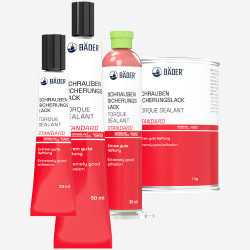
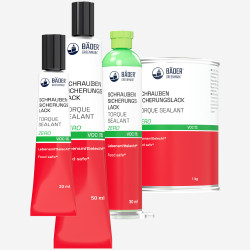
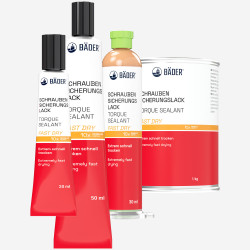

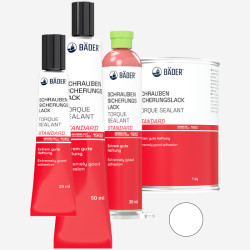
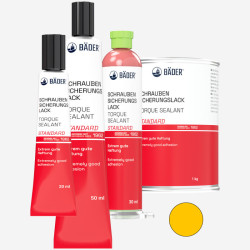
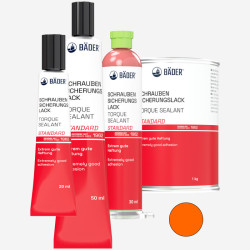
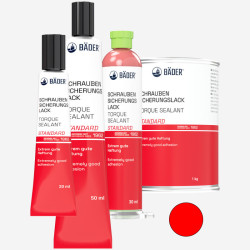
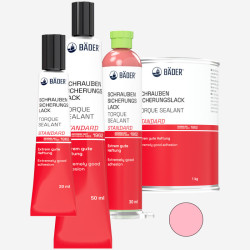
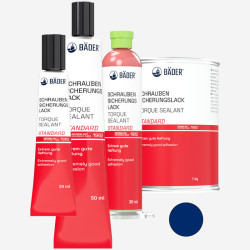
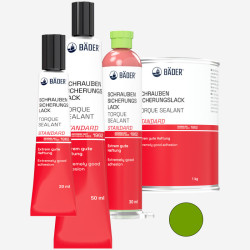
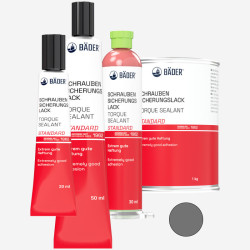
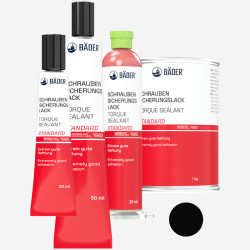
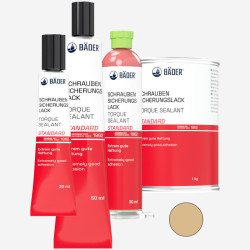
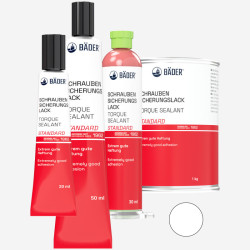
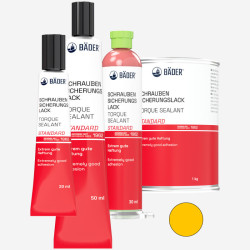
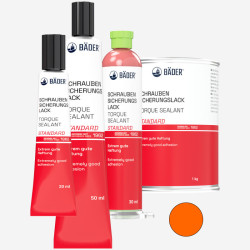
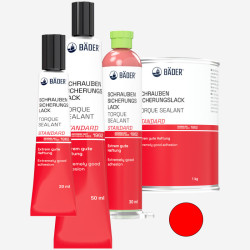
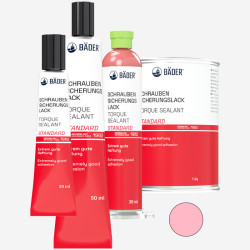
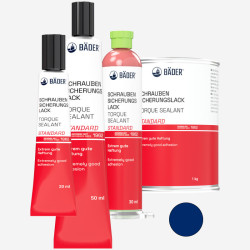
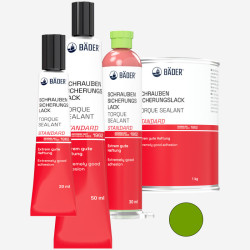
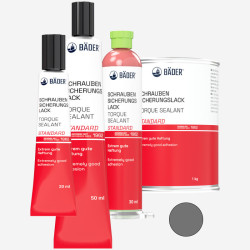

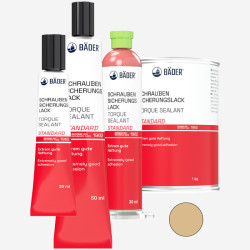
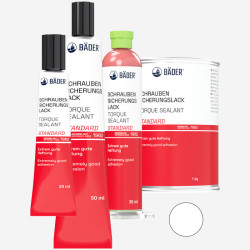
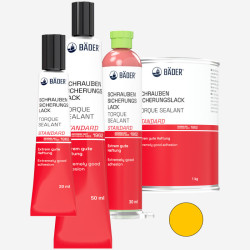
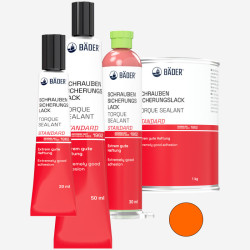
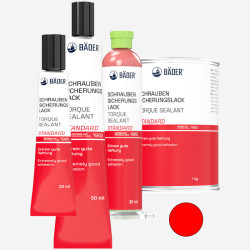
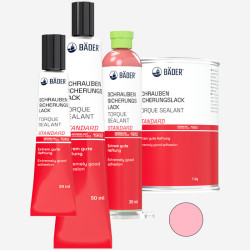
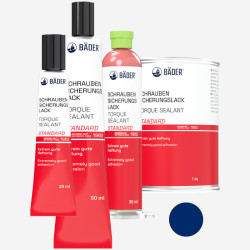
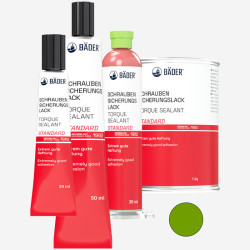
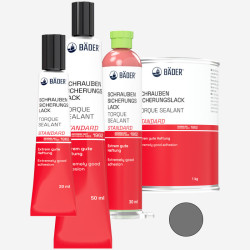
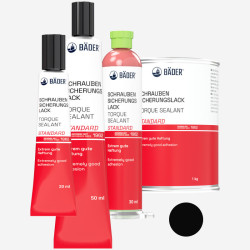
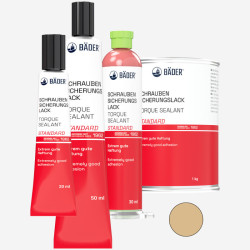
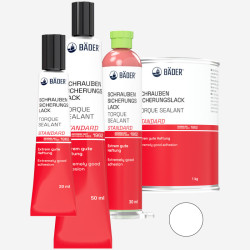
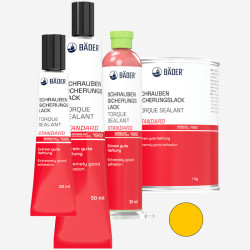
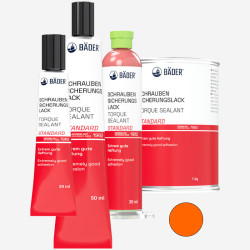
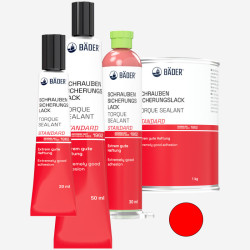
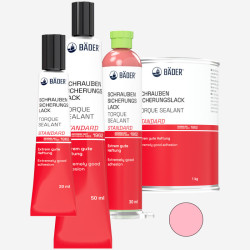
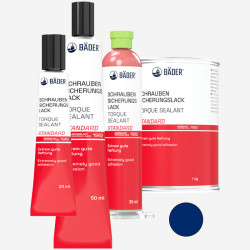
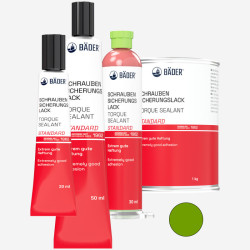

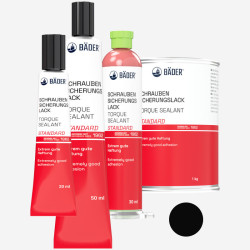
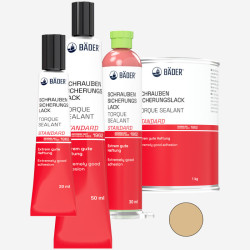
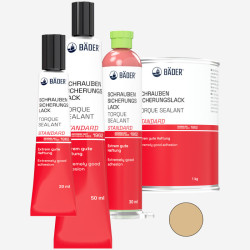

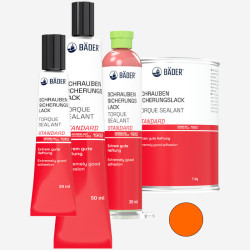
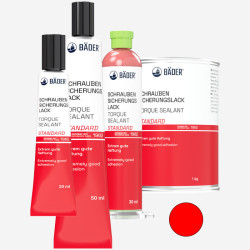

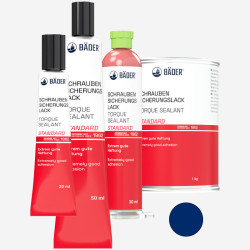

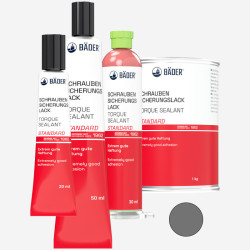
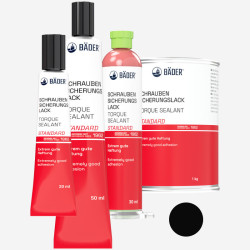
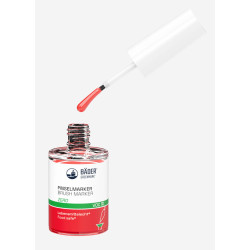
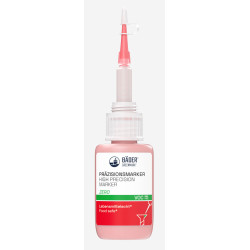
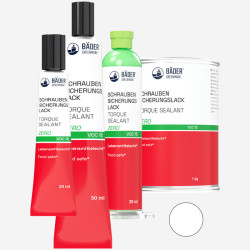
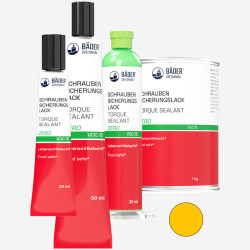
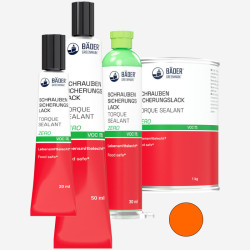
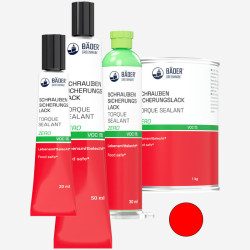

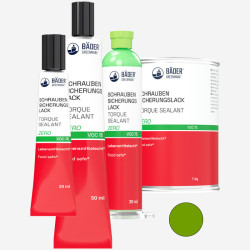
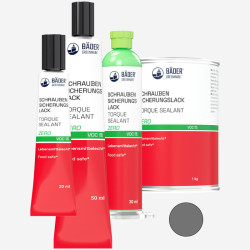
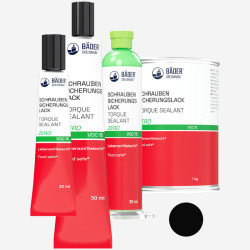
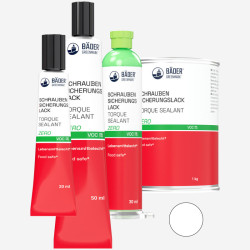
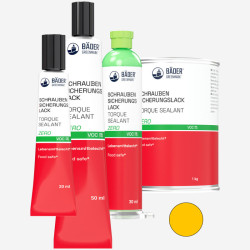
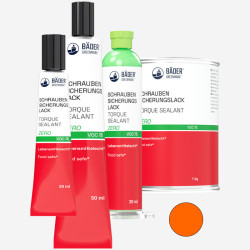
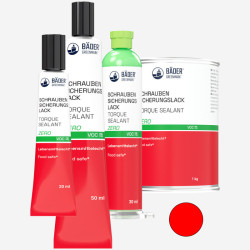

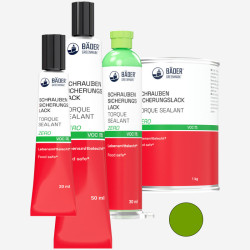
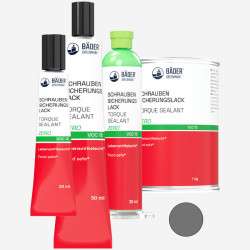
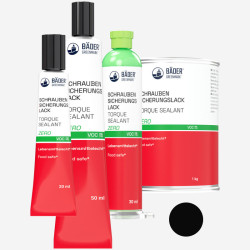
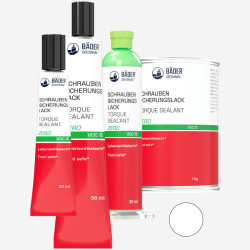
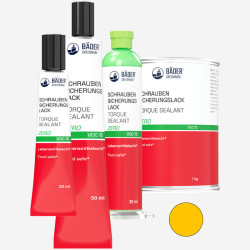
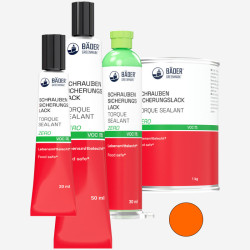
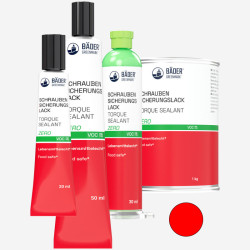
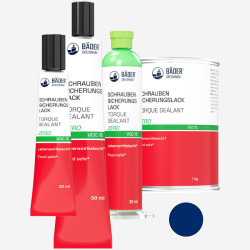
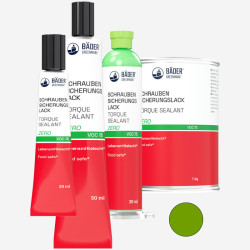
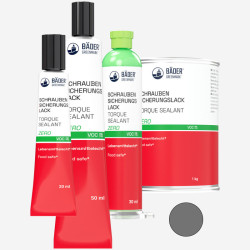
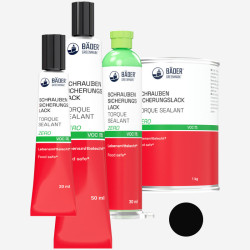
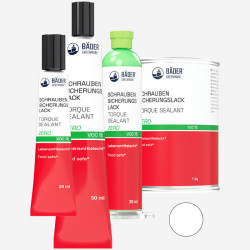
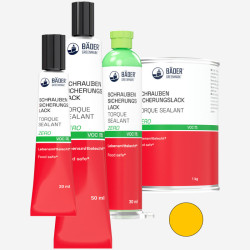
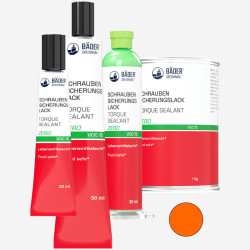
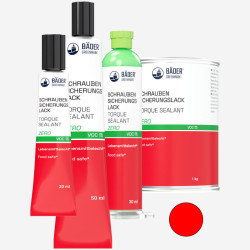
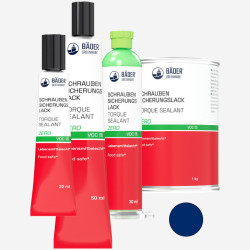


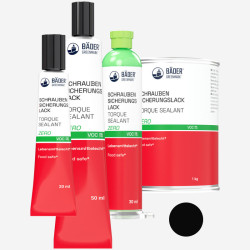
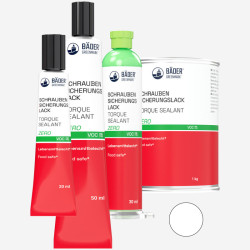
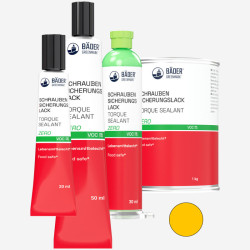
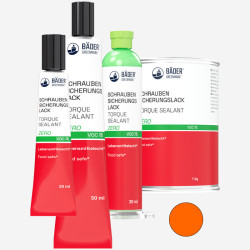
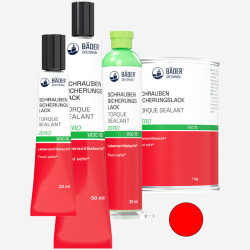

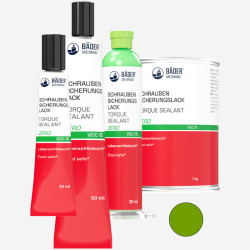
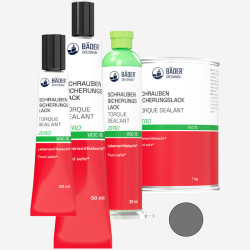
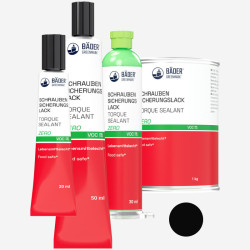
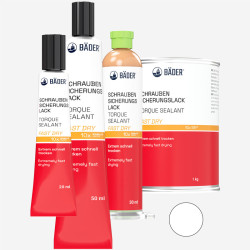
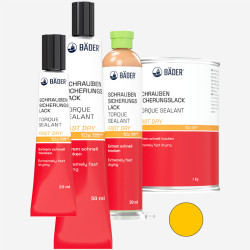
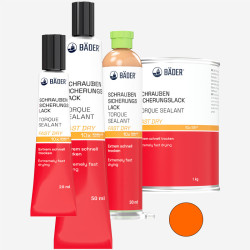
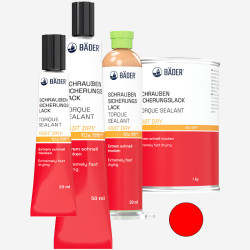
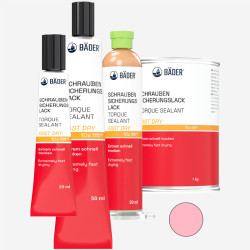
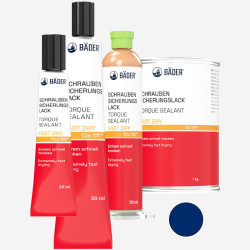
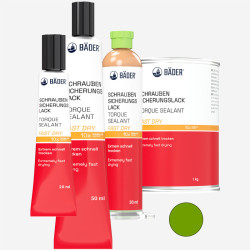
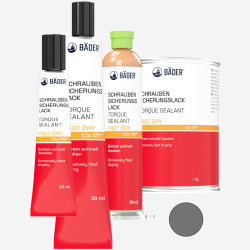
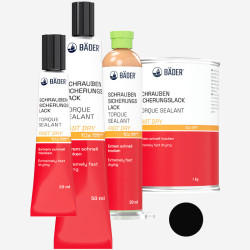
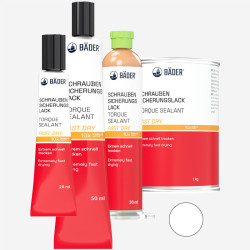
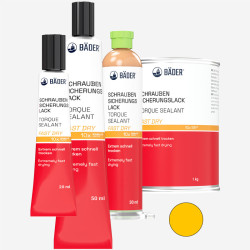
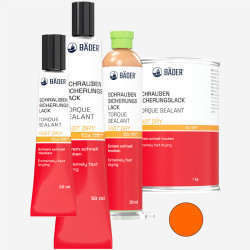
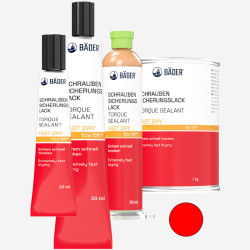
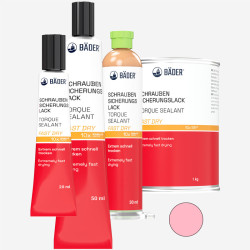
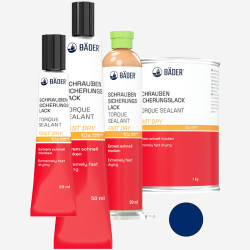
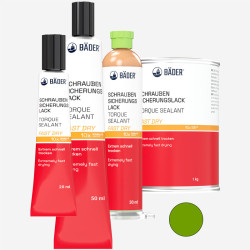
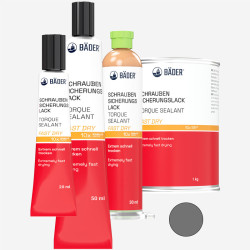
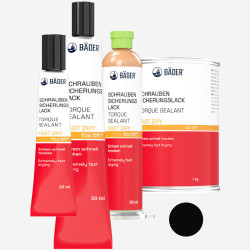
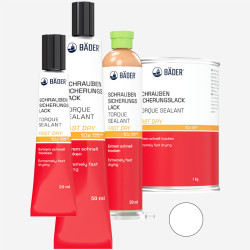
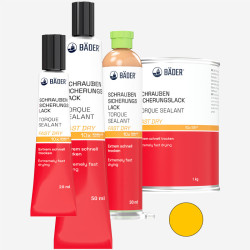
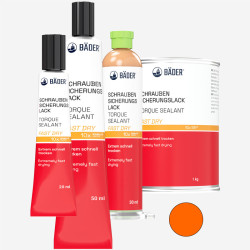
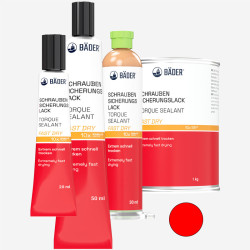
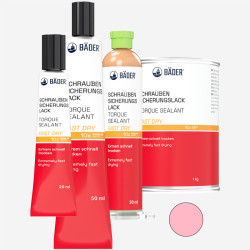
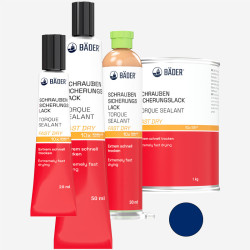
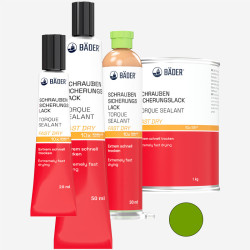
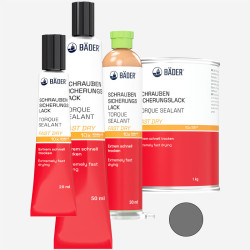
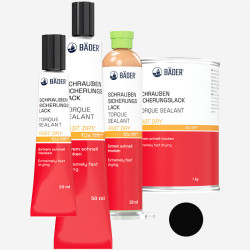
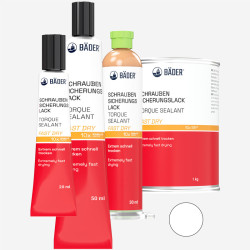
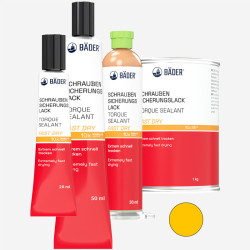
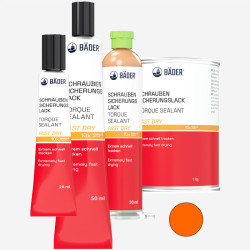
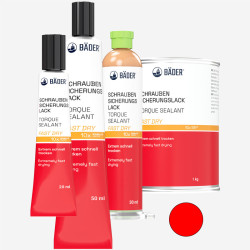
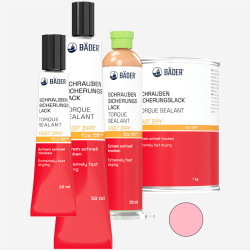
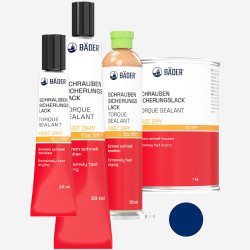
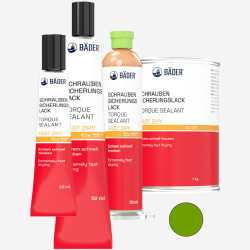
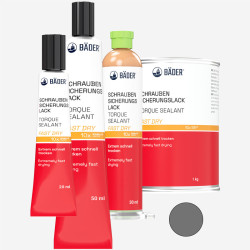
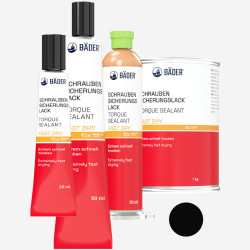
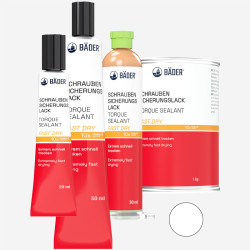
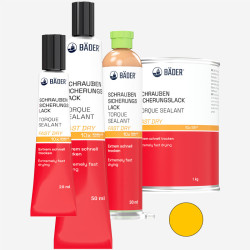
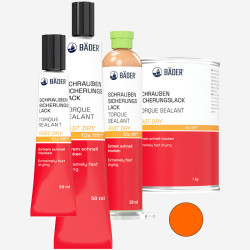
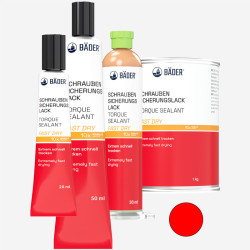
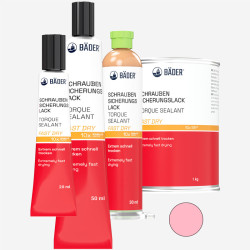

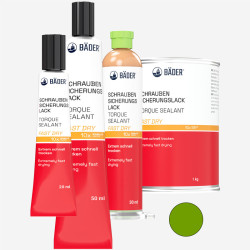
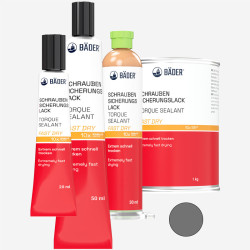
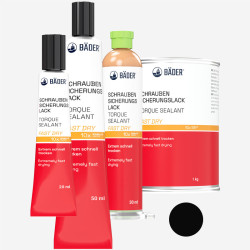
Leave a comment